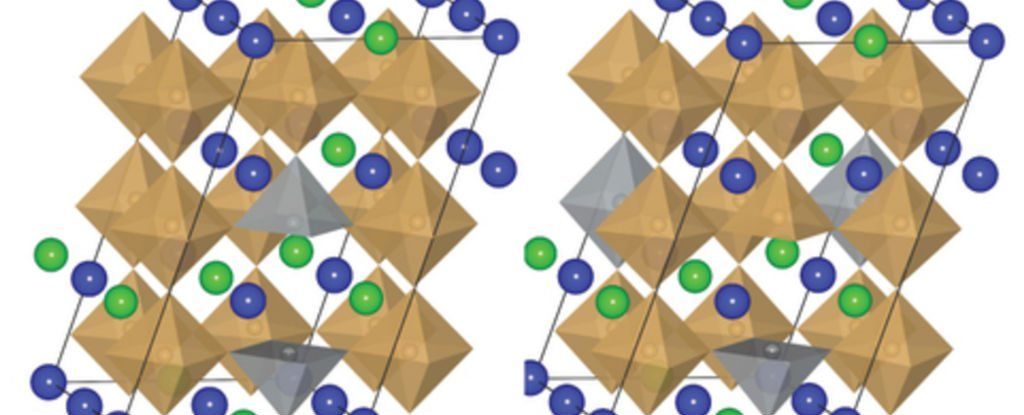Feb 22, 2017
Solar photovoltaic windows rely on inexpensive silicon quantum dots
Posted by Karen Hurst in categories: nanotechnology, quantum physics, solar power, sustainability
Luminescent solar concentrators (LSCs), which are flat panes of mostly transparent material that take sunlight (both diffuse and directed) and concentrate it at the panes’ edges, can be used as “photovoltaic windows,” which, as the name makes clear, collect solar energy while serving as ordinary windows. Now, researchers at the Università degli Studi di Milano-Bicocca and Glass to Power Srl (both of Milano, Italy) and the University of Minnesota (Minneapolis, MN) are lowering the potential cost of such windows by using silicon nanoparticles as the fluorescent absorber/emitter in the LSC windows.

















